
Save the Date for Our 2026 Chatham County Spring Ag Fest!
Spring Ag Fest Celebrating Chatham County Agriculture, Forestry, and Natural Resources Saturday, March 28, 2026 10 a.m.–3 p.m. This is a FREE Event! Chatham …



El inglés es el idioma de control de esta página. En la medida en que haya algún conflicto entre la traducción al inglés y la traducción, el inglés prevalece.
Al hacer clic en el enlace de traducción se activa un servicio de traducción gratuito para convertir la página al español. Al igual que con cualquier traducción por Internet, la conversión no es sensible al contexto y puede que no traduzca el texto en su significado original. NC State Extension no garantiza la exactitud del texto traducido. Por favor, tenga en cuenta que algunas aplicaciones y/o servicios pueden no funcionar como se espera cuando se traducen.
Inglês é o idioma de controle desta página. Na medida que haja algum conflito entre o texto original em Inglês e a tradução, o Inglês prevalece.
Ao clicar no link de tradução, um serviço gratuito de tradução será ativado para converter a página para o Português. Como em qualquer tradução pela internet, a conversão não é sensivel ao contexto e pode não ocorrer a tradução para o significado orginal. O serviço de Extensão da Carolina do Norte (NC State Extension) não garante a exatidão do texto traduzido. Por favor, observe que algumas funções ou serviços podem não funcionar como esperado após a tradução.
English is the controlling language of this page. To the extent there is any conflict between the English text and the translation, English controls.
Clicking on the translation link activates a free translation service to convert the page to Spanish. As with any Internet translation, the conversion is not context-sensitive and may not translate the text to its original meaning. NC State Extension does not guarantee the accuracy of the translated text. Please note that some applications and/or services may not function as expected when translated.
Collapse ▲
Spring Ag Fest Celebrating Chatham County Agriculture, Forestry, and Natural Resources Saturday, March 28, 2026 10 a.m.–3 p.m. This is a FREE Event! Chatham …
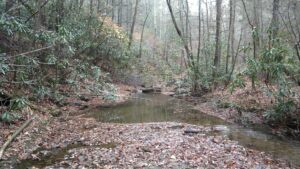
When you walk through the woods, it’s easy to see the forest for the trees when you don’t know …
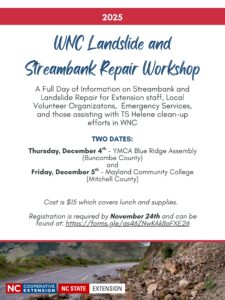
Cooperative Extension, NC State Extension, and USGS are hosting a one day workshop to help answer questions and offer …
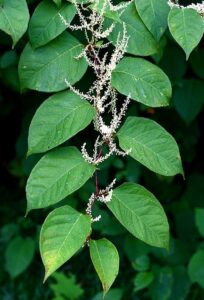
Reynoutria japonica (Japanese knotweed) Japanese knotweed leaves and flowers are identifiable features of this plant. Photo credit: Liz West (NCSU …
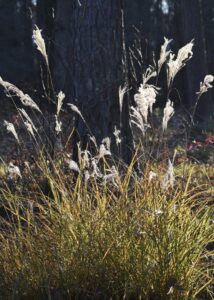
Miscanthus sinensis (Maiden grass) Maiden grass is prevalent all across WNC. It is most commonly found in areas of construction, roadsides, …

Join the first-ever South Central Virginia/North Central North Carolina landowner Woods & Wildlife Conference. Modeled after the ever-popular Woods …
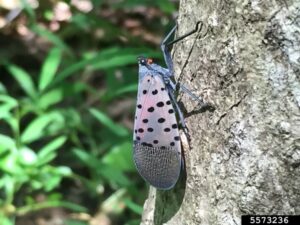
Spotted lanternfly is an important pest to be on the lookout for in WNC! The spotted lanternfly, native to …
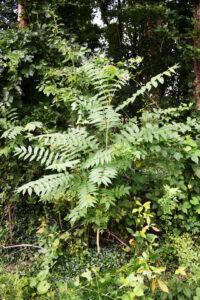
Ailanthus altissima (Tree-of-Heaven) Tree-of-Heaven is a common invasive plant across the southeast, including here in WNC. Tree-of-Heaven was first introduced in …
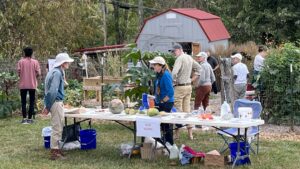
The Extension Master GardenerSM volunteers in Buncombe County want to know what topics interest you for classes and workshops. Planning …

This workshop has been approved for 5 hours of Cat 1 CFEs. NC State Extension Forestry and the Chatham County …
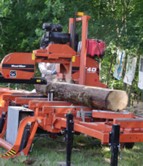
In the aftermath of Hurricane Helene, recovery occurs as opportunities are explored and future preparations from the experience are …
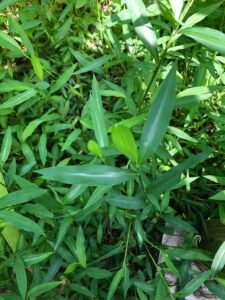
Microstegium vimineum (Japanese stiltgrass) This invasive sprawling annual grass is a huge issue across WNC. Known as a voracious seeder …
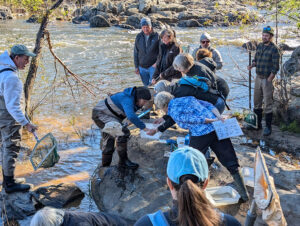
The Master Naturalist Volunteer program prepares volunteers to lead stewardship, education outreach, and citizen science projects with leading environmental …

October 11, 2025 10:00 a.m. to 2:00 p.m. Meet at the Haywood Co. Extension Office 589 Raccoon Road • Waynesville, NC Gather with …
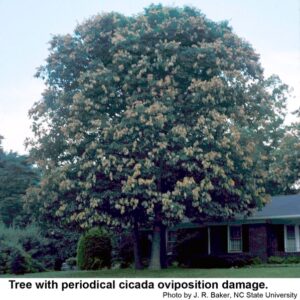
UPDATE 6/13/2025 Cicadas have been in the area since the first of May wrecking havoc on prize specimen plants and …

Forest landowners suffered a tremendous loss of investment when Hurricane Helene leveled 822,000 acres of forestland. Many have been …
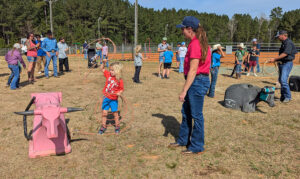
The 5th Annual Chatham County Spring Ag Fest on March 29, 2025, was a success with a great crowd and beautiful …
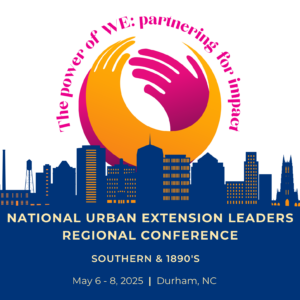
Extension professionals, Extension advisory members, and community partners are invited to attend the National Urban Extension Leaders (NUEL) Southern …
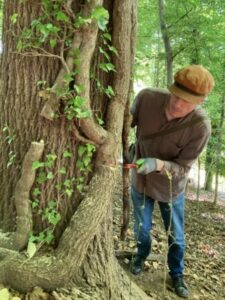
Invasive plants are defined as being non-native in the ecosystem they are found in, and their introduction can cause …

Embracing Fire-Resistant Landscaping in North Carolina As North Carolina grapples with the realities of wildfire risks, homeowners can turn towards …
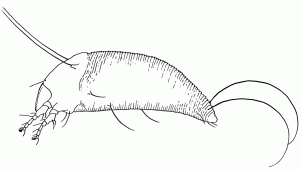
This publication describes the control of the rosette bud mite, a mite that destroys the …
Forest farming is an emerging agroforestry practice that fits well in the North Carolina landscape. …

This manual prepares pesticide applicators for Forest Pest Control Certification exams in the following states: …

You can proactively manage your forest for health and vigor and help it to adapt …

This factsheet about Fraser fir pests covers white pine cone beetles, bagworms, gypsy moths, Botrytis …
This publication describes the North Carolina Forest Stewardship Program, a cooperative effort to help owners …

This note explains the benefits of establishing a timber basis for tax and casualty loss …
This publication provides an introduction to the various financial incentives available to woodlot owners. Both …